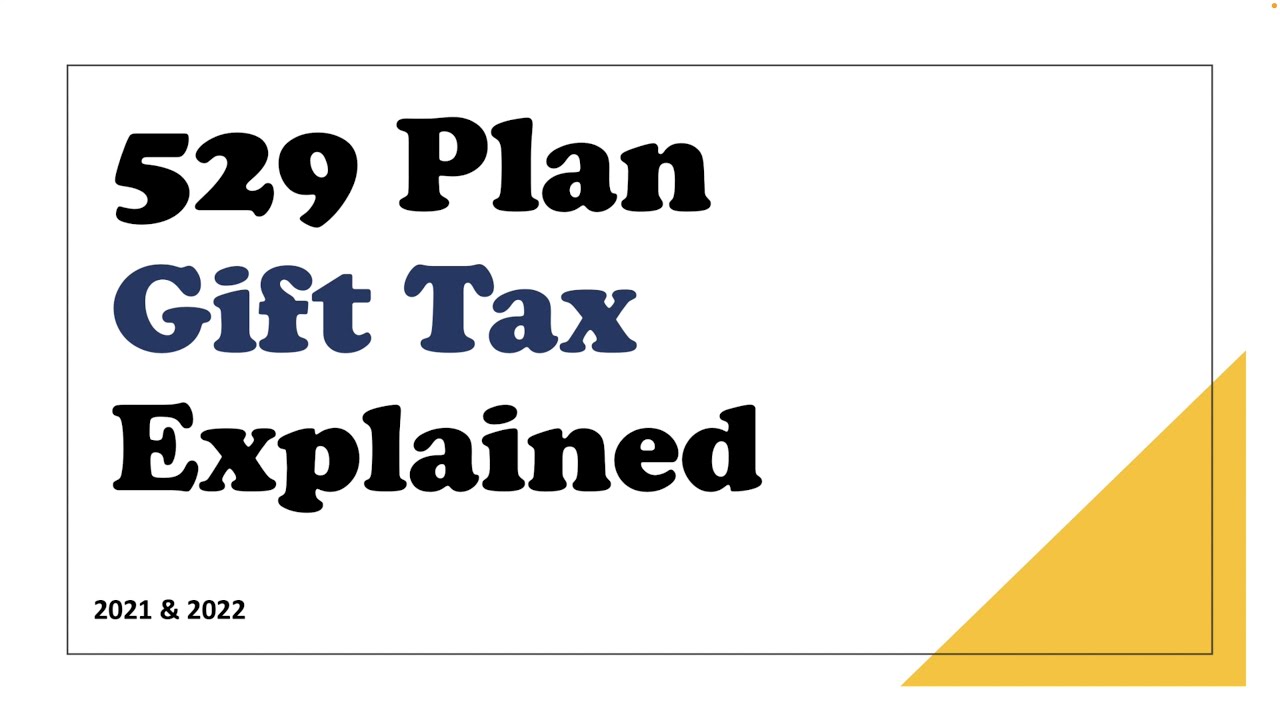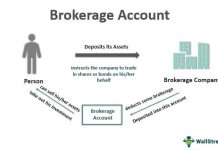Maximizing Financial Growth, the Tax Benefits of a 529 Plan
Embarking on the journey of securing your loved ones’ future involves smart financial planning. One avenue worth exploring is the 529 plan—a powerful tool with inherent tax benefits designed to amplify your financial growth. In this guide, we’ll unravel the complexities of 529 plans and shed light on the tax advantages they offer, providing you with valuable insights for effective wealth management.
Tax-Free Growth: Understanding the Power of Compounding:
At the heart of a 529 plan lies the potential for tax-free growth, driven by the power of compounding. This section delves into how the compounding effect works within a 529 plan, allowing your contributions to grow tax-free over time. Gain a deeper understanding of this financial strategy and harness the compounding power to maximize your savings for educational expenses.

Qualified Education Expenses: A Deep Dive into Tax-Free Withdrawals:
One of the key attractions of a 529 plan is the ability to make tax-free withdrawals for qualified education expenses. Here, we explore the extensive scope of qualified expenses, ranging from tuition and fees to books and room and board. Learn how these tax-free withdrawals contribute to easing the financial burden of educational pursuits for you and your beneficiaries.
State Tax Benefits: Leveraging Additional Advantages
529 plans not only offer federal tax benefits but also come with state-specific advantages. This section unravels the nuances of state tax benefits, showcasing how they complement and enhance the federal tax advantages. Understanding the interplay between federal and state tax benefits ensures you optimize your 529 plan for the maximum financial advantage.
529 Plans and Financial Aid: Navigating the Impact on Eligibility
While 529 plans provide significant financial benefits, they can have implications on financial aid eligibility. This segment provides a comprehensive analysis of how 529 plans may affect your eligibility for various forms of financial aid. Discover strategies to navigate this impact and make informed decisions to optimize both your savings and potential financial aid opportunities.
Tax Implications of Non-Qualified Withdrawals: Mitigating Risks
Effective financial planning requires an understanding of potential risks. In this section, we address the tax implications of non-qualified withdrawals from a 529 plan. By recognizing these implications and implementing strategies to mitigate associated risks, you can safeguard your financial interests and make informed decisions regarding your educational savings.
Estate Planning with 529s: Tax-Efficient Wealth Transfer
Beyond its primary purpose as an educational savings tool, a 529 plan can play a crucial role in tax-efficient wealth transfer through estate planning. This section explores how strategically incorporating a 529 plan into your estate planning can offer tax advantages, allowing you to pass on assets to future generations with minimized tax implications. Unlock the potential of a 529 plan not just for education but also as a valuable component of your broader financial legacy.
529 Plan Investment Strategies: Maximizing Tax Benefits
Effective investment strategies within a 529 plan can significantly impact your overall tax benefits. This part of the guide delves into various investment approaches, considering factors such as risk tolerance, time horizon, and financial goals. Whether you prefer conservative options or are comfortable with a more aggressive portfolio, understanding the implications of your investment choices is crucial for optimizing tax advantages within your 529 plan.
Tax Law Updates: Staying Informed for Optimal Planning
In the ever-evolving landscape of tax regulations, staying informed about the latest updates is paramount. This section provides insights into recent tax law updates that may influence the tax benefits associated with 529 plans. By staying abreast of changes, you can adapt your financial strategies accordingly, ensuring that your 529 plan remains optimized for maximum benefits within the current tax framework.




